MAGGIE’S WORLD
Maggie’s World 017: Organizing Memories
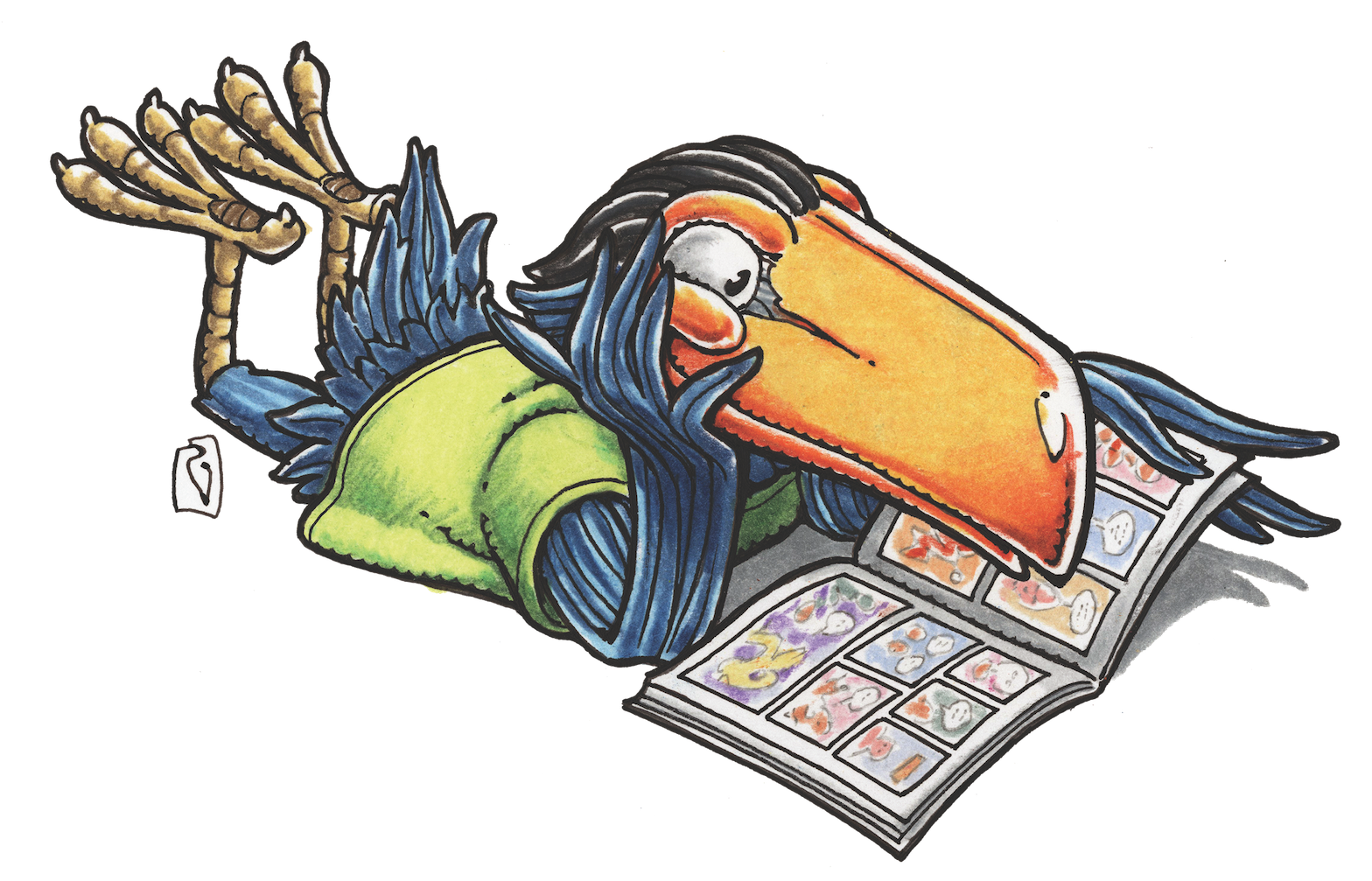
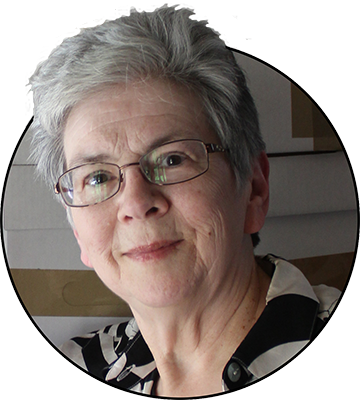
I’m in the midst of one of those gigantic, never-ending projects that are among the duties and joys of life. Which is to say: I’m tackling the project of organizing memories.
It started when I was going through family papers, came across a small, professionally framed photograph, and realized that no identification appeared anywhere on it. Then it occurred to me that, should they be the ones to have access to it eventually, daughter Valerie and son Stephen might not realize its significance.
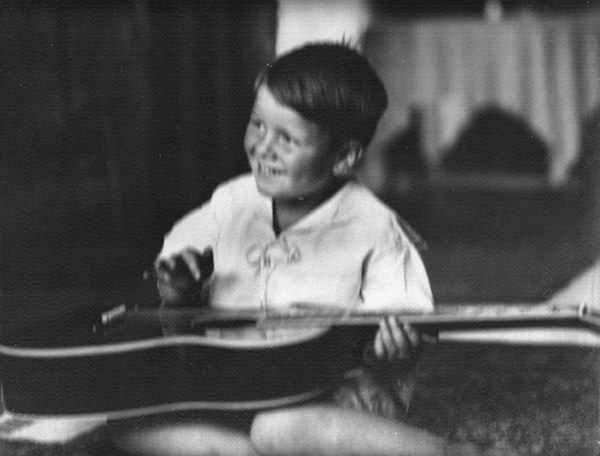
Who is this? There was no indication on the photo, front or back.
The anonymous little boy sitting with a guitar is my dad, less than 4 years old. The reason he’s grinning as he prepares to pluck the string is that he’s going to tell the adults in the room what the color is of the note when he plays it.
The photo is one that they didn’t print out of several taken for an article that appeared in Popular Science in November 1922: an article about Dad and the synesthesia he was demonstrating. No, I don’t think anyone else in the family has ever manifested synesthesia—but, in any case, that’s not the point here.
The point is that I knew about the photo, about the magazine, and about the story behind it all. But almost no one else did—until I posted the information on Facebook.
All of which made me consider again the boxes and boxes and files and files of photographs I’ve accumulated. In one folder, marked simply “Fans + Friends,” there are photos of folks I immediately recognize—alongside those of folks whose identity I’ve long since forgotten. While I’ve been relieved to find that I’m not alone—Jackie Estrada has mounted a campaign on Facebook to have her friends help to identify celebrities of years gone by—it’s time to begin to get a handle on the situation.

And time for me to ask whether it’s time for you to do the same. In your files, have you maintained captions to identify your photos of people long gone at events of years gone by?
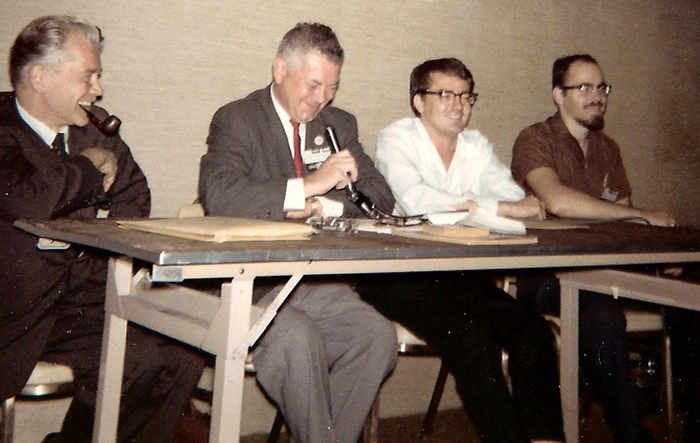
For example, in that “Fans + Friends” file, I found a photo of a mustached gent standing by a vehicle. I knew immediately that it was a photo of himself that underground comix artist George Metzger had sent us in the 1960s. But it carried no identification beyond my memory. And what about photo after photo I’ve taken at a variety of conventions (science-fiction and comics) over the decades?
I came across a handful of photos that Don and I took in 1966 at John Benson’s July 23-24 comics convention in New York City. On some of them, I had written identifications; on others, there’s just a note of the year. But that was the only time we ever had the chance to meet Lady Luck artist Klaus Nordling—or Fawcett’s Captain Marvel writer (and DC’s Supergirl creator) Otto Binder.
(As a pioneering comics convention, the event is also notable to me as having been attended by only four females: Western author Lee Hoffman, fan Pat Lupoff, Marvel representative Flo Steinberg, and me. But I digress.)
Here’s the thing: As I Google the images for Nordling, I find page after page of his Lady Luck work and more—but not a single photo of Nordling himself. Surely, there are such images out there somewhere. But how many are sitting in scrapbooks without identification? And he was a professional who worked in the comic book field for decades.
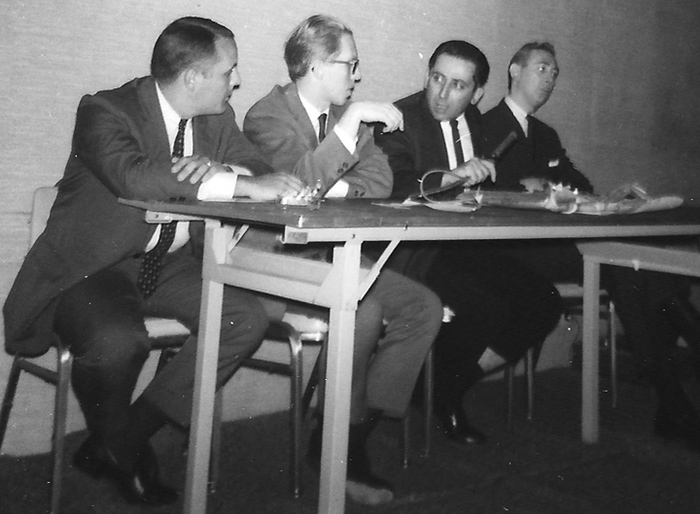
And, come to think of it, how many online photos of Bill Harris exist? When we first met, he was our kindly host at Gold Key, but I don’t think we brought a camera along to preserve the event. (Later, Bill did his best to steer King Comics into a new distribution plan for comics, trying to solve the perennial problem of low sell-through. However, there doesn’t seem to be much information online concerning him, aside from listing after listing for his work scripting Phantom comics.)
Back to my topic: While there’s a wide variety of images online and in comics collections devoted to the fictions we all enjoy, there do not seem to be nearly as many images of the people who made those comics.
Don and I put together Comic-Book Superstars in 1993. Ostensibly, it was to provide yet another item for sale by our comics division. But I confess it was also designed to provide us with a reference file for ourselves in non-Googling days: We needed creators’ photos and contact information. It was our own resource, and we even used it from time to time to provide work for people who wanted to get job offers without having to have an agent or make their addresses public knowledge.
Could it be time now for someone, somewhere to set up such a resource again? You may think all the images ever needed are out there somewhere, but that doesn’t mean they’re available. And even when the images survive, sometimes the identifications don’t. I’ve lost track of the number of photos I’ve taken that don’t have identifications.
So I recently began the following process:
I’ve peeled the photos out of the destructive 1970s scrapbooks that blended photos on sticky pages with plastic overlays. Thanks to the gooey residues, each photo now sits in a small plastic bag that protects each. (Bigger photos go in clear report covers.)
I’m labeling each plastic covering with as much information as I can include.
I’ve bought file boxes, hanging folders, and non-hanging folders for subfiles.
And I’ve begun to sort the physical photos, of which I have decades’ worth.
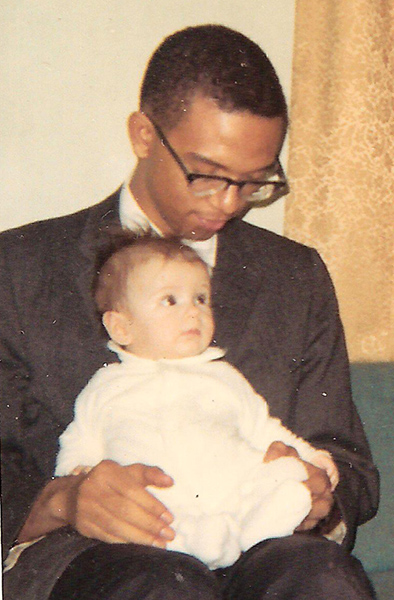
Sorting by date is a good place to start; it brings like next to like and often provides context. (Who knows? Eventually, I may be able to identify someone by emailing the photo to someone else in that photo and asking for help.)
In the course of things, I’ll add negatives when they turn up. And, when I hit something that strikes me as of special interest, I’ll scan it for further distribution. (Note: Photos shown here—and many other photos on the Internet—look terrific online, yet would look terrible in print; scanning for proper preservation requires higher resolution. Just saying.)
Then? Well, I’m thinking an Excel file and a printout thereof to go with the physical material in the folders. Which brings me to other electronic historical considerations, including filing and printing the digital images, of course. And backing up everything, also of course.
And the 2014 convention season has already begun. My camera is loaded with a fresh photo card.
This photo project could take a while. I’m starting now. How about you?
Maggie’s World by Maggie Thompson appears the first Tuesday of every month here on Toucan!